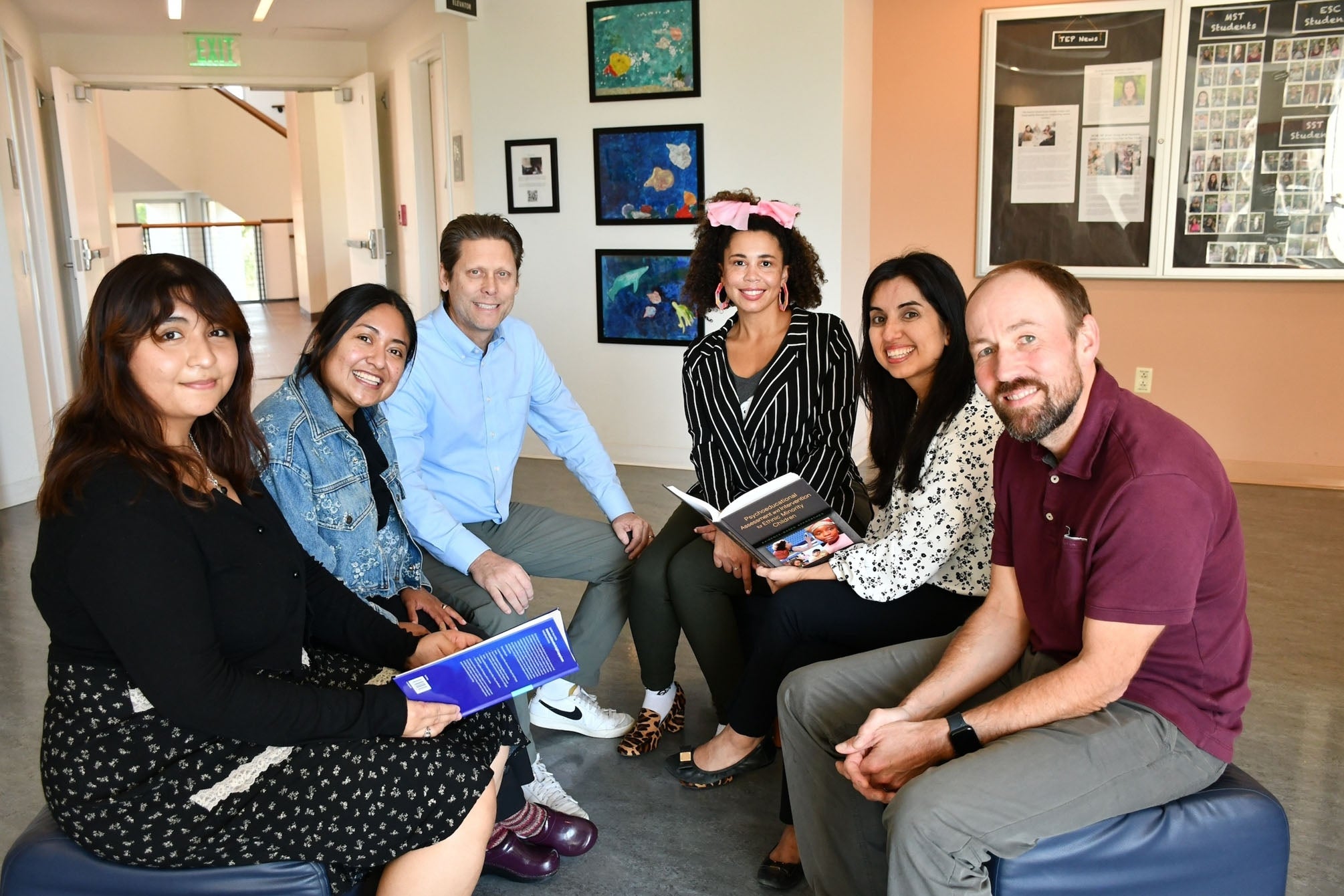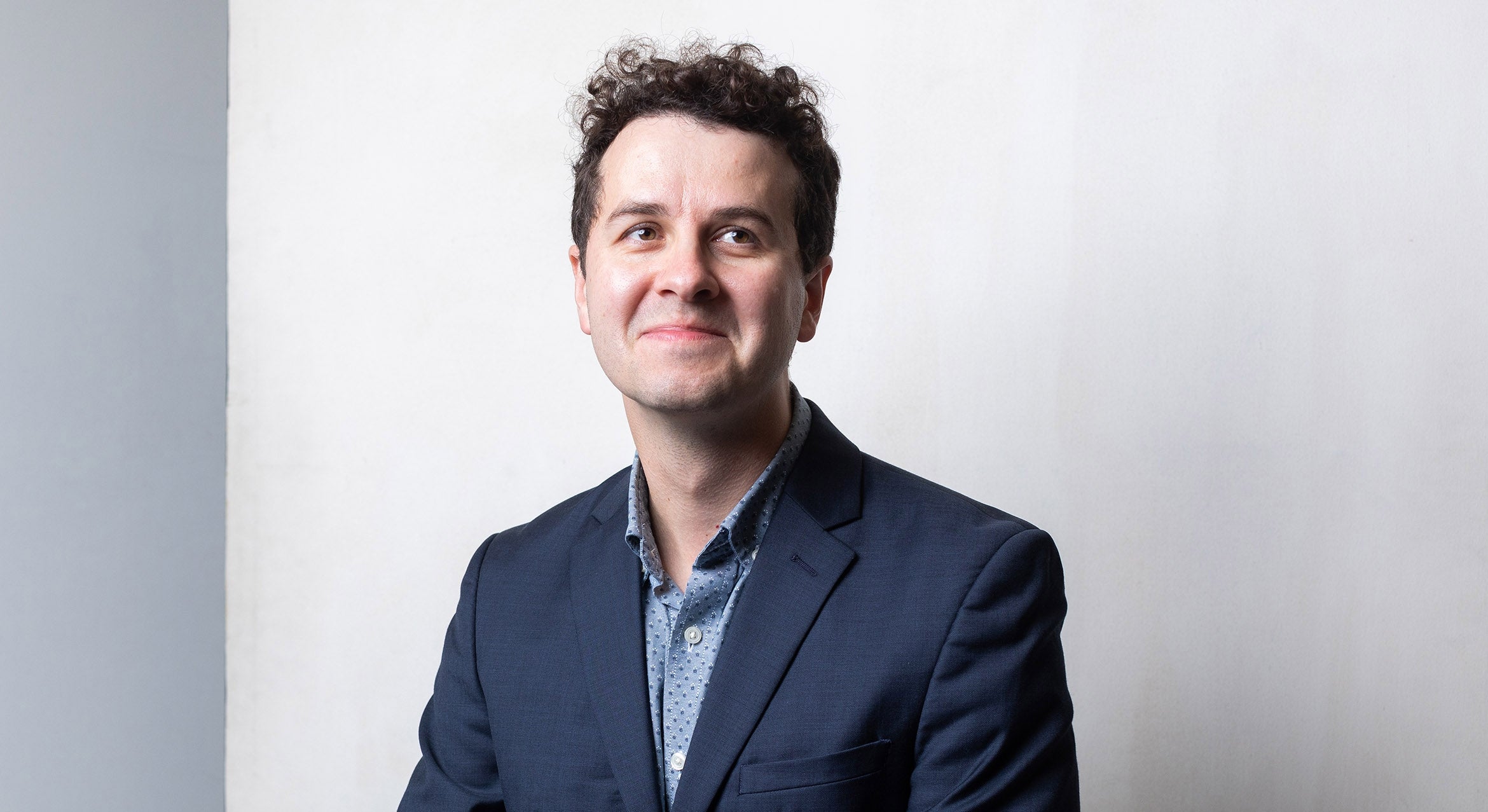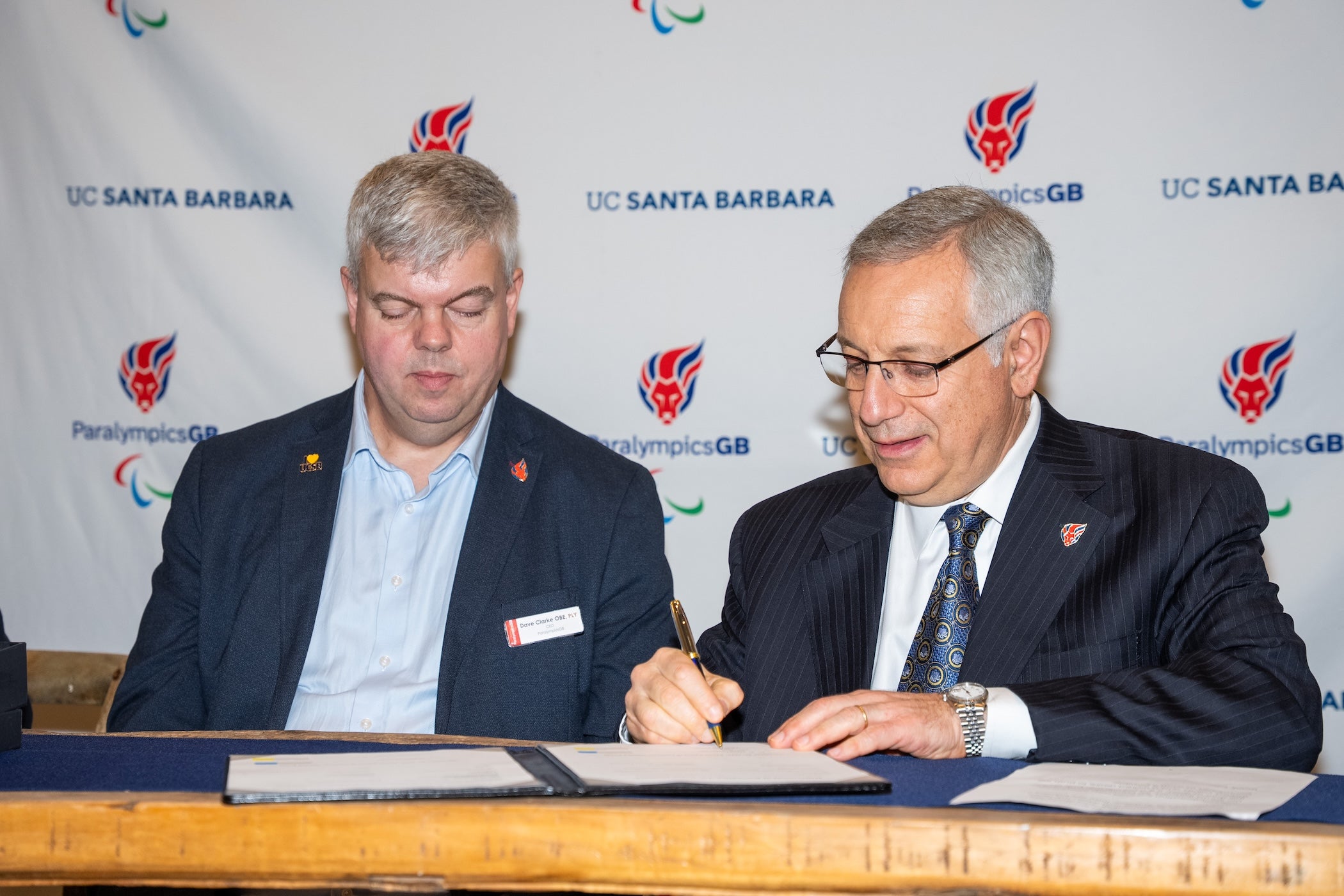
Program addresses need for bilingual and culturally responsive school psychologists
Newly launched training at UC Santa Barbara aims to help fill a widening gap between two opposing forces — an ongoing shortage of school psychologists and the growing need for services for increasingly diverse student bodies nationwide.
Offered through the Gevirtz Graduate School of Education (GGSE), the certificate program promotes the professional preparation of bilingual school psychologists to meet the needs of multilingual children and their families.
“We’ve known for a long time that there’s been underrepresentation,” said Arlene Ortiz, an assistant teaching professor in the Department of Counseling, Clinical and School Psychology and the bilingual school psychology program coordinator. “This is an incredibly timely and important certificate. There is a tremendous need for school-based mental health professionals who are trained to support the unique needs of multilingual and multicultural children and their families.”
About 90% of school psychologists are fluent in English only, and among those who are fluent in a second language, fewer than 7% reported providing services in that language, according to a 2021 study. At the same time, multilingual learners are among the fastest growing K-12 student populations in the U.S., and more than 5 million multilingual learners attend K-12 schools, an increase of 35% over the past two decades. More than 2 million students speak a language other than English in their homes, representing about 40% of California’s public school enrollment, of which 82% speak Spanish. The vast majority of school psychologists are monolingual English speakers and white.
“Given that we recognize bilingual teachers, it is also important to recognize bilingual psychologists,” said GGSE professor Shane Jimerson. “The state didn’t tell us we needed to do this; this was not top down.”
“We’ve moved forward with this on our own,” added Miriam Thompson, an associate teaching professor and director of the Mind & Behavior Assessment Clinic. While Spanish is most common among the state’s multilingual learners, the GGSE program currently has a graduate student fluent in American Sign Language, Thompson said. Another is fluent in Punjabi, an Indo-Aryan language spoken mostly in India and Pakistan, with more than 100 million speakers worldwide. The majority of Punjabi speakers in the U.S. reside in California.

“It’s important to understand that these school psychologists can also meet with the families of these children, 40 percent of whom speak a language other than English at home,” Jimerson said. “It’s interrelated to what we’ve set out to do with our efforts with the JEDI program — training school psychologists from diverse backgrounds and ramping up the help to people from diverse backgrounds.”
Funded by a $5.3-million grant — the largest in GGSE history — by the U.S. Department of Education, the JEDI program promotes justice, equity, diversity and inclusion to prepare the next generation of school psychologists from diverse backgrounds to provide mental health services for K-12 students, with an emphasis on culturally, linguistically and racially minoritized groups.
To meet certificate requirements of the bilingual training program, students must complete “Teaching Strategies for Bilingual/Cross-Cultural Education” and “Understanding Diversity, Advancing Equity and Social Justice,” among other courses. Candidates are also expected to work in both English and their target language, and their practicum and internship hours must be partially completed at an approved bilingual/multicultural setting.
The program’s first cohort began in the fall.



